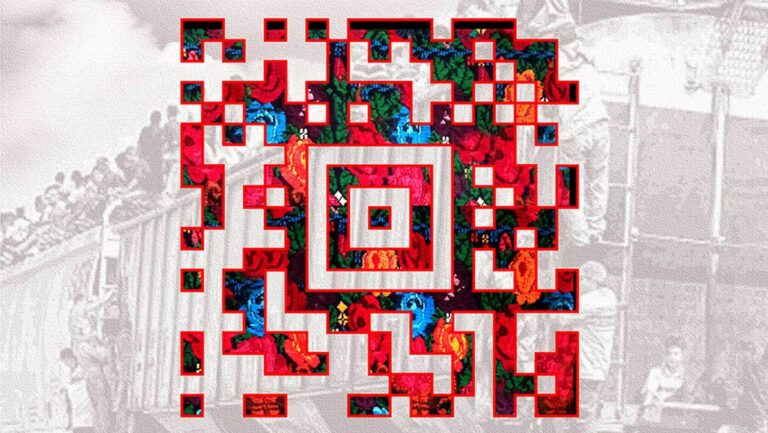Culture Shock: A Design Of Defiance
Expansive Exhibition Creatively Explores The Complexity Of The Border


Guillermo Bert
Latest Article|September 3, 2020|Free
::Making Grown Men Cry Since 1992


Guillermo Bert


